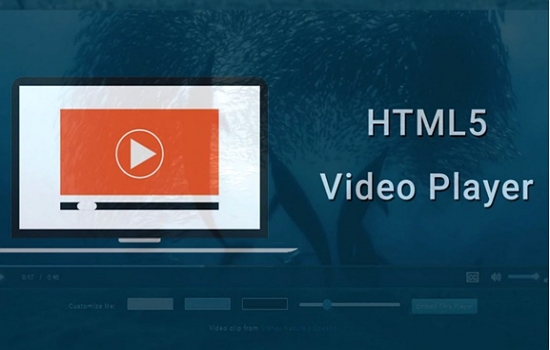

Drag-n-drop video file to Html5 Video Creator Ģ. Support for HTML5 is improving all the time and videos will, in future, be easier to manage and stream.Īll it takes is 3 easy steps to convert any of your video to HTML5:ġ. It can convert multiple videos to an streaming video player on website HTML5 compliant format. No matter what kind of format you have your videos in. The video website gallery HTML5 Video Format Converter is one of the uploading videos to website with vimeo better alternatives for transcoding out there.

Many of these jquery gallery plugin with video tools are specifically made so that you can convert videos and optimize them for delivery on the website dim video window internet. This is why you need to convert your videos to multiple profiles mentioned above.Ĭonversion tools Fortunately, there are many tools today that let you transcode videos from one format to another.
Javascript html5 video stop download how to#
If you want to use the code to play video from website HTML5 VIDEO tag for IE, you need to use formats such as MP4 and AVI, which are based on the how to add video intro to website H.264 standard. A browser like Internet Explorer on the other hand, only supports H.264 profiles, and it doesn’t support open source formats like OGG and WebM.
Javascript html5 video stop download software#
To let users view video in this flas video for my website format, they need to have Flash installed, and you need to spend money on expensive software to embed video. For example, Mozilla Firefox doesn’t support the H.264 format natively within the embed a mp4 video on website VIDEO tag. This is because there is no one format that is supported by all the major browsers. Currently, HTML5 supports many video formats, than just one. It helps to capture still picture from webcam video.Ĭonst video = document.getElementById( 'video') Ĭonst canvas = document.getElementById( 'canvas') Ĭonst snap = document.getElementById( "snap") Ĭonst errorMsgElement = document.Video Player For Website Javascript Overview 1 The canvas API is used to draw graphics from the webcam stream.The handleSuccess() function stream the webcam video in the HTML element.The init() function initialize the getUserMedia() API.The constraints define the width and height of the video.The following JavaScript handles the video streaming process via webcam on the webpage. The button ( #snap) trigger the canvas API to generate an image of the video.The HTML element is used to draw a snapshot of the webcam video on a webpage.The HTML5 element is used to embed a video in a webpage.The following HTML embeds the video element and draws the image on the webpage. In this example code, we will use getUserMedia() method to preview webcam video with HTML5 and take picture from webcam with HTML5 using JavaScript. You can use getUserMedia() API to prompt dialog to get permission from the user and stream webcam video using HTML5.

The getUserMedia() method of MediaDevices API helps to produce a MediaStream containing the requested media types. In this tutorial, we will show you how to access the webcam, streaming the video, and capture the image of the video using HTML5 and JavaScript. If your web application needs to access webcam and stream video, you can easily do it with HTML5 and JavaScript. The getUserMedia() method in HTML5, helps to display a preview of the webcam video using JavaScript. You can use JavaScript API to steam webcam video on the webpage without any third-party software. Generally, the software is used to access webcam and stream video in the device. The video stream can view, save, and share through the network. A webcam is used to steam the video in real-time through the computer.


 0 kommentar(er)
0 kommentar(er)
